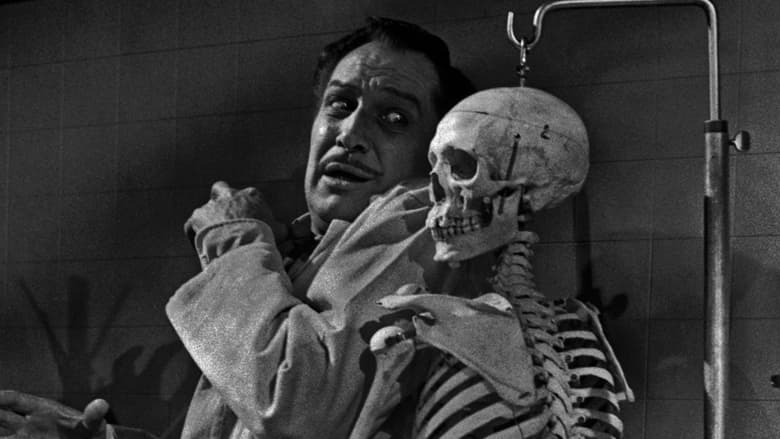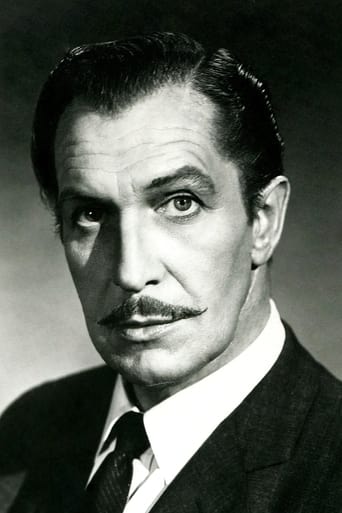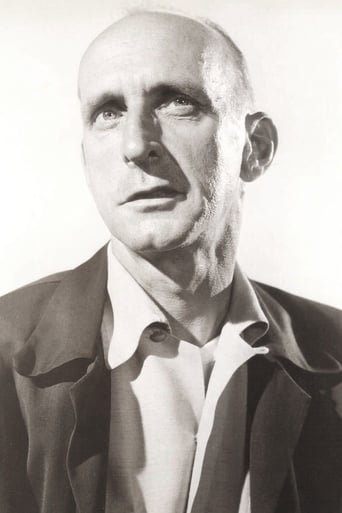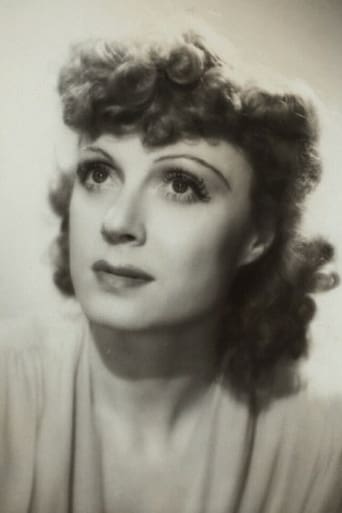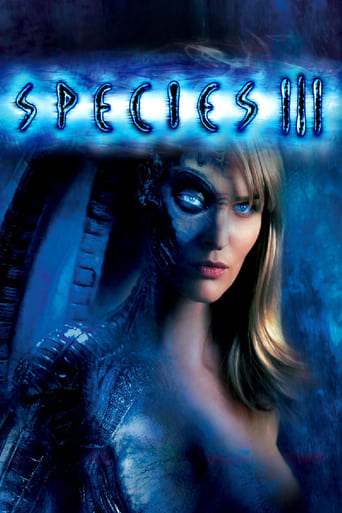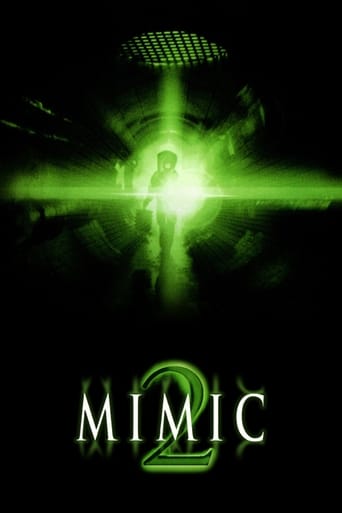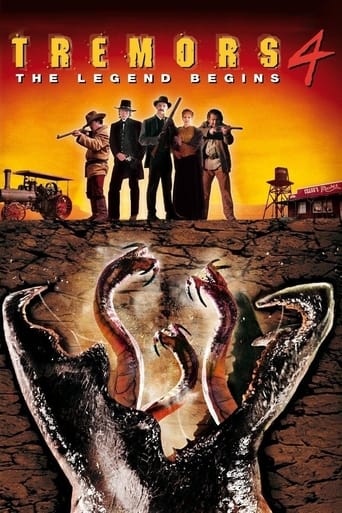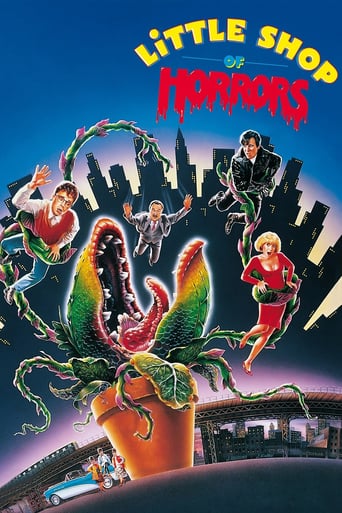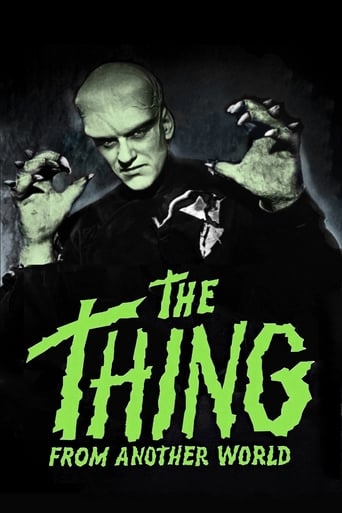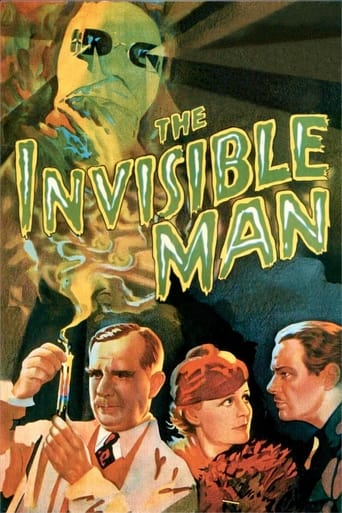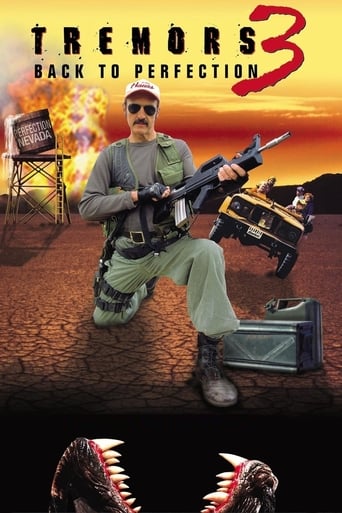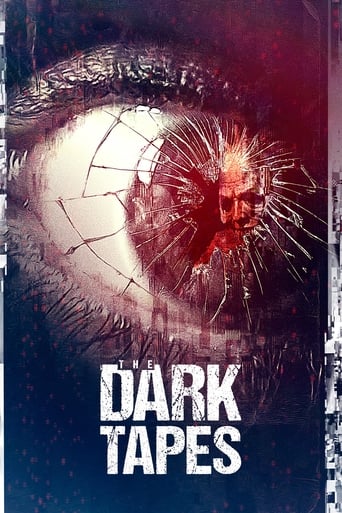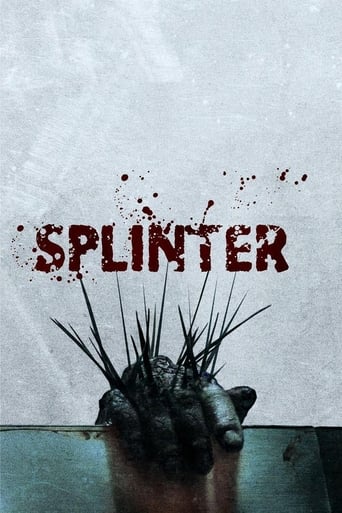The Tingler (1959)
A pathologist experiments with a deaf-mute woman who is unable to scream to prove that humans die of fright due to an organism he names The Tingler that lives within each person on the spinal cord and is suppressed only when people scream when scared.
Watch Trailer
Cast


Similar titles
Reviews
Did you people see the same film I saw?
Simple and well acted, it has tension enough to knot the stomach.
Good films always raise compelling questions, whether the format is fiction or documentary fact.
The thing I enjoyed most about the film is the fact that it doesn't shy away from being a super-sized-cliche;
Generally, I like William Castle films, but this one seems to be a Castle gimmick looking for a plot. It's generally pretty weak on that, even with good performances by Price and Judith Evelyn. I will say Castle did a pretty good job making Price the red herring here, and not completely sympathetic. Other than that, it's a weak entry for him of his earlier work in horror, nowhere near the campiness of House on Haunted Hill, or the bizarre, twisted but fun Homicidal.
In our dumpy old movie theater, we saw the film well after its release date. Unfortunately, they couldn't afford to put all the goofy technology under the seats. They would have gotten compromised by all the gum anyway. This film is a fantastic ride as the producers try to convince us that we all have tingler in us, and the only way to drive it out is to scream, scream like crazy. The plot of the movie is secondary to the marketing. The tingler is a creature that looks like a helgrammite and it makes its way into our spines. There are two issues. One has to do with the research into the "tingler effect" and the other is using this thing to commit the murder of a shrewish wife. No one thought it was Shakespeare, but it certainly is a novel idea. And, of course, Vincent Price is the consummate horror actor.
Undergoing an autopsy, a doctor discovers a creature on the spine that occurs through sheer fright and experiments on a colleague's deaf-mute wife only it accidentally gets loose in a movie theater, forcing them to race to stop it before the creature grows stronger.While nowhere near a classic, this one still provides enough entertainment to prove worthwhile of a watch. One of the best features is that there's a really new and creative idea presented in the film to inspire terror. The fact that the creature is born from the human body's attempt at processing fear, and through a sense of experiments it comes to reason that its whole being is itself entirely creative. The film's at its absolute best, though, during it's dream sequences, which are quite creepy. The second one is the film's highlight, where the hallucinations range from a masked psycho with a machete to a skeleton coming to life to an insect's arm wielding an ax and many more as well. These are all quite creepy and more than a little different from the other types out there. The design of the creature isn't that bad either, coming off as a mutated slug with a pair of antennas and a forked tail, which give it a really different look than many other creatures. The fact that it never really grows to a super-huge size and is kept at a rather smaller size is a nice move and makes it a lot more believable rather than being huge. These elements help the film become more watchable. While these are all quite fun, there's not a whole lot wrong with this one. The film's biggest flaw is that this is just way too cheesy. This is the wrong kind of cheese, where it's simply annoying rather than becoming part of the fun. This is especially true of the really annoying theater sequences at the end, quite obviously put in there as gags for the theater experience long ago but come across as just corny without that. The film stops dead for these few scenes and rather than coming off as something to be feared, they're just laughable and quite aggravating. The opening and closing monologues are more examples of this by featuring him talking directly to the audience, but the movie theater scene is the big one. Granted, they're inherently charming in their own way with the attempt to stop the creature providing some chills anyway, but there's just the more obvious fact that you're watching a gimmick rather than actually being around something like this in real life. The only other one that strikes the film down is that there are way too many subplots at the beginning which just drag the opening out. The beginning really should've been about the discovery of the creature and the condition that creates it, not the marital issues that plague the characters. That really makes it feel like it's a part of a really different film, and doesn't really offer a lot of good moments. Otherwise, this one was pretty good.Today's Rating/PG: Mild Violence and drug use.
In 1958, director William Castle delivered to the world a film that has been chilling the collective backbones of horror buffs for over half a century now: "House on Haunted Hill." And the following year, in one of the greatest one-two punches in horror history, Castle came up with a film that is certainly every bit as good, and perhaps, arguably, even better. In "The Tingler," Castle brought back much of his team from the previous picture--leading man Vincent Price, screenwriter Robb White, composer Von Dexter--and again shot his production in ubercreepy B&W (with the notable exception of one scene, in which the color red features prominently). The result was another horror masterpiece, another compact chiller for the ages, and another film in which Castle's gift for gimmickry was memorably on display. But whereas "House" works well on both the big screen and at home on television (I have seen it many times, at this stage, in both settings), "The Tingler" is very much a big-screen experience. I will explain why in a moment.In the film, the viewer meets a pathologist researcher named Dr. Warren Chapin, endearingly portrayed, as always, by Uncle Vinny. Chapin has discovered the presence of a centipedelike creature that arises on the spinal cords of people who are in the throes of fright. Screaming causes the creature, which he dubs "the Tingler," to dissolve and vanish, but those who are unable to scream will inevitably be killed as the creature crushes their spinal cord to bits. After a deaf mute woman, Martha Higgins (supremely well played by Judith Evelyn, who had starred with Price on Broadway in 1941 in a show called "Angel Street," and who had previously performed another memorable nonspeaking role, Miss Lonelyheart, in Hitchcock's "Rear Window" five years earlier), the wife of Chapin's acquaintance Oliver (Philip Coolidge), is frightened to death, Chapin performs an autopsy on her and manages to prove his theory by removing a Tingler from her lifeless body. But problems arise when the doctor's scheming wife, Isabel (Patricia Cutts, sinking her teeth into the part as Carol Ohmart had done in her similar role in "House"), attempts to kill him with the creature, and later, when the Tingler is accidentally released into the audience of the Higgins' silent-picture theater....Just as a film such as "Lawrence of Arabia" must be seen in a movie house for full appreciation, so, too, must "The Tingler." But whereas "Lawrence" cost $15 million to produce and must be seen on as large a screen as possible to capture its epic scope and pictorial grandeur, "The Tingler," budgeted at $250,000, must be seen in a theater for different reasons. This viewer happens to be a member of NYC's Film Forum, a repertory house that has shown "The Tingler" often over the years, so I know whereof I speak. First, an enterprising theater such as Film Forum will rig selected seats with vibratory devices, as Castle had done back in 1958--the gimmick known as "Percepto"--to give lucky audience members a jolt at a certain point in the film; the home viewer, of course, will never experience this. But there are even better reasons why "The Tingler" must be seen with an audience. When the creature is loose in the Higgins' movie house, it attacks the projectionist and causes a breakdown of the film in progress (1921's "Tol'able David"); when "The Tingler" is watched in a theater, it looks and feels as if the creature has attacked the projectionist of the theater THAT YOU'RE IN! And when the voice of Vincent Price exhorts the audience to "Scream, scream for your lives"...well, I can think of nothing more fun to do in a movie house than screaming at the top of your lungs with 150 others! This shared, simultaneous, participatory, primal scream catharsis is one of the great experiences of cinema; you have to trust me on this one. Home viewing, sadly, just cannot duplicate it.Of course, "The Tingler," besides its gimmicks, is known principally today as the first film in history to depict an LSD trip. One hundred "mikes" of acid--which was legal in 1959 and used experimentally in psychoanalysis--are taken intravenously by Chapin midway through the film as a means of engendering fear in himself. (Chapin had earlier been shown reading a book entitled "Fright Effects Induced by Injection of Lysergic Acid LSD25--A Preliminary Report.") His assistant, played by Darryl Hickman, had mentioned that "it can produce pretty weird effects" and cause nightmares, and indeed, Chapin's trip is certainly a bad one; the viewer can only wonder how his trip would have proceeded if he'd had access to the Grateful Dead's "Aoxomoxoa" album, which was released 10 years later! Price hams it up deliciously in this classic sequence, and his performance overall is another one to cherish amongst many in his remarkable career. Interestingly, Castle twice misdirects his audience into thinking that Chapin has perpetrated a heinous act, while Vinny plays it marvelously ambiguous. All told, "The Tingler" is just about as entertaining an experience as can be had in a movie theater. Castle would go on to direct many other solid horror films--such as "13 Ghosts," "Homicidal," "Mr. Sardonicus," "Strait-Jacket" and "The Night Walker"--but "House on Haunted Hill" and "The Tingler," for my money, are his two best. The first will make you scream in fear; the second, as its promotional poster put it, will make you scream "if you value your life!"


